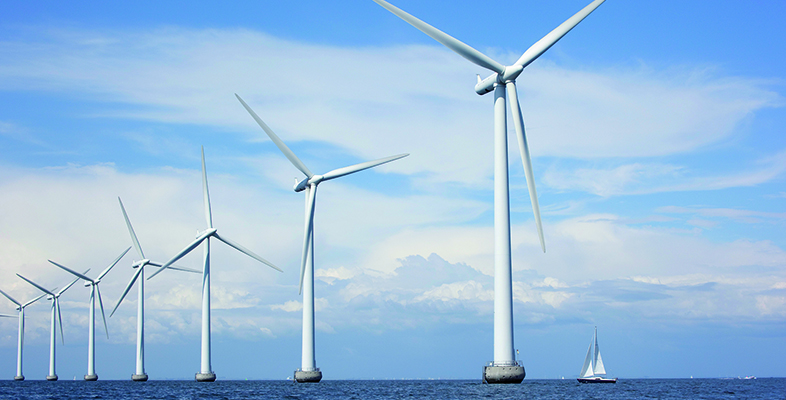4.1 Electrical appliances
Standby power
Perhaps the most disturbing waste of electricity is that from millions of small so-called ‘vampire’ devices that are not fully switched off but are left on ‘standby’. In 2019 in the UK domestic sector, these consumed an estimated 2.5 TWh of electricity (about 2.5% of the domestic total). Fortunately this figure has been falling from a peak of 7.5 TWh in 2009.
The worst offenders have been televisions and video players that have been designed for ‘convenience’, with little regard to energy use. To allow the TV to be turned on by a remote control from an armchair, the power supply is left running permanently, just to power a small infrared sensor and a mains switch. The situation has not improved with the development of ‘computer hubs’ each containing a small ‘wi-fi’ transmitter, and ‘smart meter’ displays, both of which are usually left on permanently.
A major problem also arises with ‘mains adapters’ and various battery and mobile phone chargers. Electronic devices are sold worldwide. In order to simplify compliance with safety regulations about high voltages in appliances, they are often designed to be run from low-voltage supplies. A separate adaptor is then supplied to provide the required voltage (6V or 12V) from the local mains supply, 120 volts AC or 230 volts AC. Thus although the actual electronic device may be switched on and off, the mains adaptor or charger often remains plugged in and permanently switched on. The result is a continual dissipation of heat.
The solution is better design and enforced international standards, such as the 2005 European Energy-using Products (EuPs) Directive. The regulation for standby power says quite simply ‘As a general principle, the energy consumption of EuPs in stand-by or off-mode should be reduced to the minimum necessary for their proper functioning’. A long-term target for a maximum standby power is 1 watt. This Directive became law in the UK in 2007 and seems to be having some effect.
